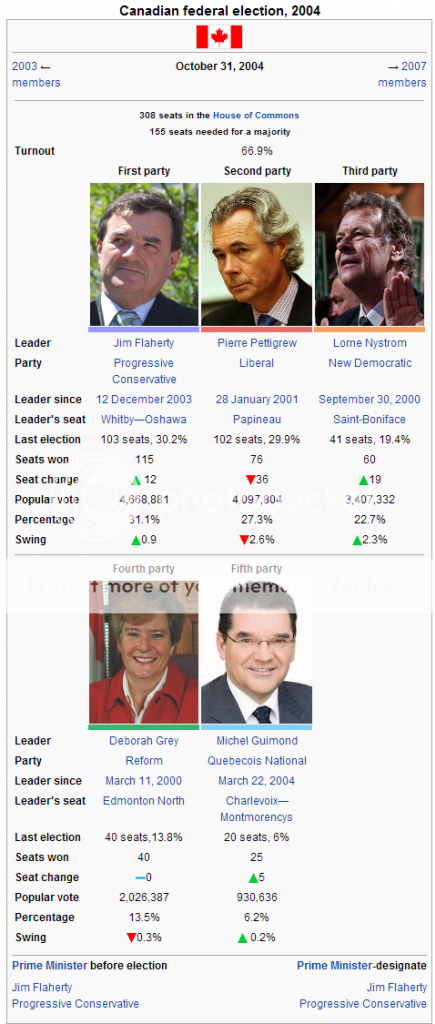1992 in the "US with Canadian parties" series.
I was certain this was going to be an electoral clusterfuck, but a couple of things stopped it from being so: outside of the south (where Bush's vote was divided with Buchanan), Perot always trailed Bush except in Maine. And since Perot's support was weak in the south, even having both major parties' OTL vote divided meant he didn't get any states from the south.
Brown's got a similar problem: the states where he either won the OTL primaries or got more votes than Clinton (meaning he got a majority of Clinton's OTL vote and would win the state if Bush/Buchanan/Perot didn't top him) were largely in areas that Bush won IOTL or where Clinton's OTL vote wasn't high enough where Brown could split it and still carry the state.
And then there was Buchanan. He didn't win any primaries in the south, but he acted as a spoiler for Bush in all but Texas & Oklahoma.

So it's a decidedly boring (relatively) electoral map. Clinton barely pulls out an EC victory despite winning only a third of the vote!

I was certain this was going to be an electoral clusterfuck, but a couple of things stopped it from being so: outside of the south (where Bush's vote was divided with Buchanan), Perot always trailed Bush except in Maine. And since Perot's support was weak in the south, even having both major parties' OTL vote divided meant he didn't get any states from the south.
Brown's got a similar problem: the states where he either won the OTL primaries or got more votes than Clinton (meaning he got a majority of Clinton's OTL vote and would win the state if Bush/Buchanan/Perot didn't top him) were largely in areas that Bush won IOTL or where Clinton's OTL vote wasn't high enough where Brown could split it and still carry the state.
And then there was Buchanan. He didn't win any primaries in the south, but he acted as a spoiler for Bush in all but Texas & Oklahoma.
So it's a decidedly boring (relatively) electoral map. Clinton barely pulls out an EC victory despite winning only a third of the vote!
Last edited:

